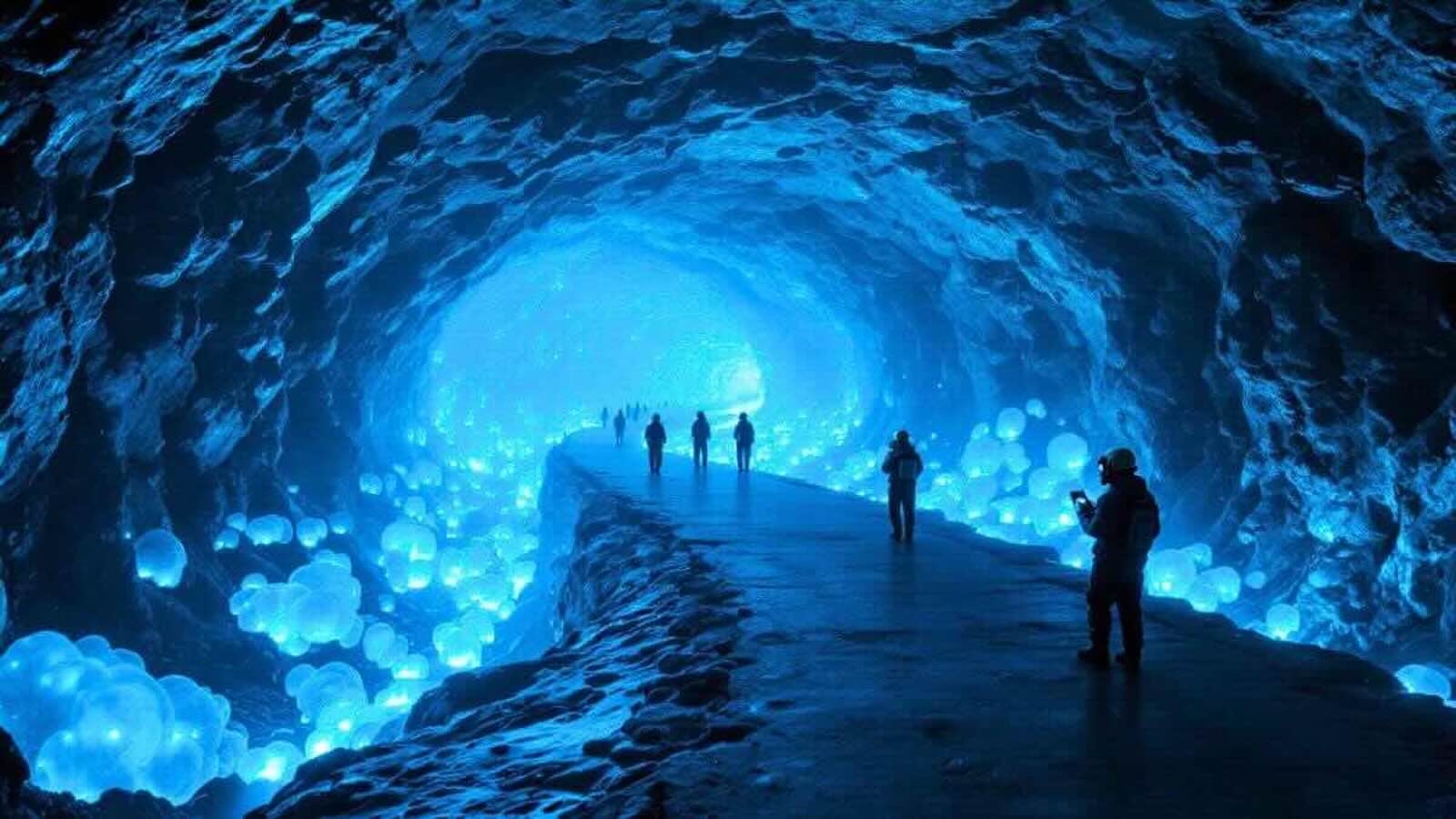What started as a methane study turned into a global energy breakthrough
Imagine you’re drilling for one thing and stumble upon something far more valuable. That’s exactly what happened recently in Lorraine, France, where scientists uncovered one of the world’s largest natural hydrogen deposits—a staggering 46 million tons, buried over a kilometer underground.
This discovery could change everything we thought we knew about clean energy—and it might even reshape Europe’s energy future.
What is natural hydrogen—and why is it such a big deal?
You’ve probably heard of hydrogen as a fuel of the future. But did you know not all hydrogen is created equally?
-
Gray hydrogen is made through industrial processes that emit carbon.
-
Green hydrogen comes from renewable sources, but it’s expensive and complex to produce.
-
White hydrogen, the kind found in Lorraine, is naturally occurring and carbon-free—no factories or fossil fuels required.
That’s why this accidental find is turning heads. Unlike other types of hydrogen that need energy to produce, natural hydrogen can be extracted and used with minimal environmental impact.
“White hydrogen could be a game-changer for the global energy transition,” says Philippe de Donato, one of the researchers involved.
Goodbye Pepsi: Costco makes a major decision that completely changes its strategy with sugary drinksHow detonating a nuclear bomb could protect planet Earth
Why Lorraine? A surprising comeback for a former mining hub
If you’re not familiar with Lorraine, it’s a region in eastern France once known for coal and iron mining. When those industries declined, so did the local economy. But this new discovery might just flip the script.
With millions of tons of clean energy sitting beneath it, Lorraine could become a leading clean tech hub, creating thousands of jobs and attracting investment from across Europe.
Here’s what this could mean:
-
New research and energy tech centers
-
Development of hydrogen infrastructure and pipelines
-
Innovation in heating, transport, and industrial processes
“This project could transform Lorraine and help position France as a leader in clean hydrogen,” said Laurent Favre, director of the project.
What does this mean for the rest of Europe—and the world?
While many countries are pouring billions into hydrogen made from wind, solar, or natural gas, France has the rare advantage of simply pulling clean hydrogen straight from the earth.
That’s not just a scientific win—it’s a geopolitical opportunity:
-
France could export hydrogen to neighboring countries
-
It gives Europe a local alternative to imported fossil fuels
-
It supports global climate goals by offering a scalable, green solution
From powering steel plants and trains to storing renewable energy more efficiently, the applications of white hydrogen are wide-reaching. And with climate deadlines looming, the timing couldn’t be better.
What’s next? From discovery to deployment
The deposit in Lorraine isn’t just being celebrated—it’s being carefully studied and planned for. Here’s the roadmap:
-
Exploratory drilling will begin soon to better understand the scope
Buys a coal mine for $2 million and discovers metals worth up to $36 billion
If you remember these 10 moments from decades ago, your memory is sharper than most in their 70s
-
A phased rollout will follow, ensuring responsible and sustainable development
-
Environmental monitoring will guide all future extraction
France isn’t rushing into this blindly. The goal is to balance economic growth with ecological responsibility, ensuring the resource benefits both present and future generations.
A hopeful shift in a warming world
Let’s be honest—we’ve heard a lot of “energy revolutions” before. But this one feels different. It’s not just about new technology; it’s about discovering that nature might already be holding part of the solution we’ve been searching for.
In a time when climate concerns dominate headlines and energy prices continue to rise, the Lorraine hydrogen find is a story of possibility—and one that could ripple far beyond France’s borders.
Could white hydrogen help power your future?
Whether you live in Europe or across the globe, this discovery has the potential to shape everything from how we heat our homes to how we fuel our vehicles.
And while it’s still early days, one thing is clear: Lorraine is now on the energy map, and the world is watching.
